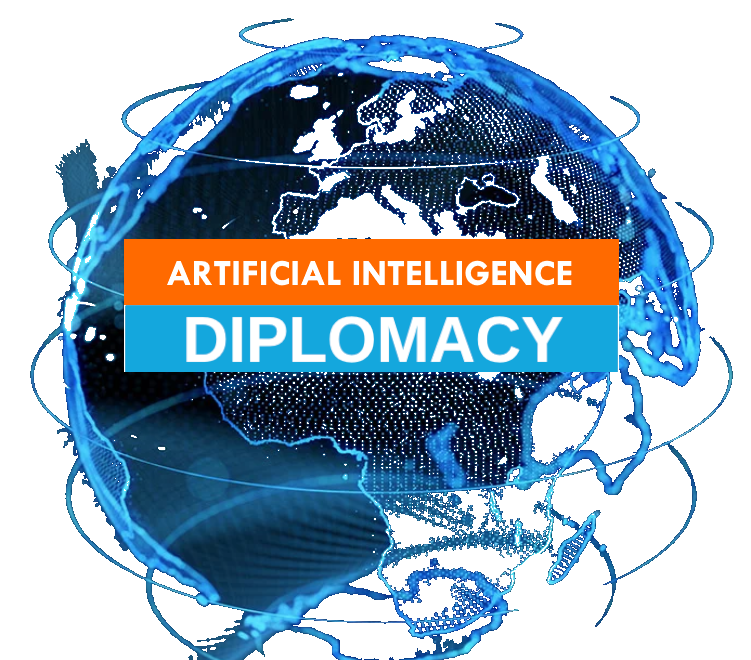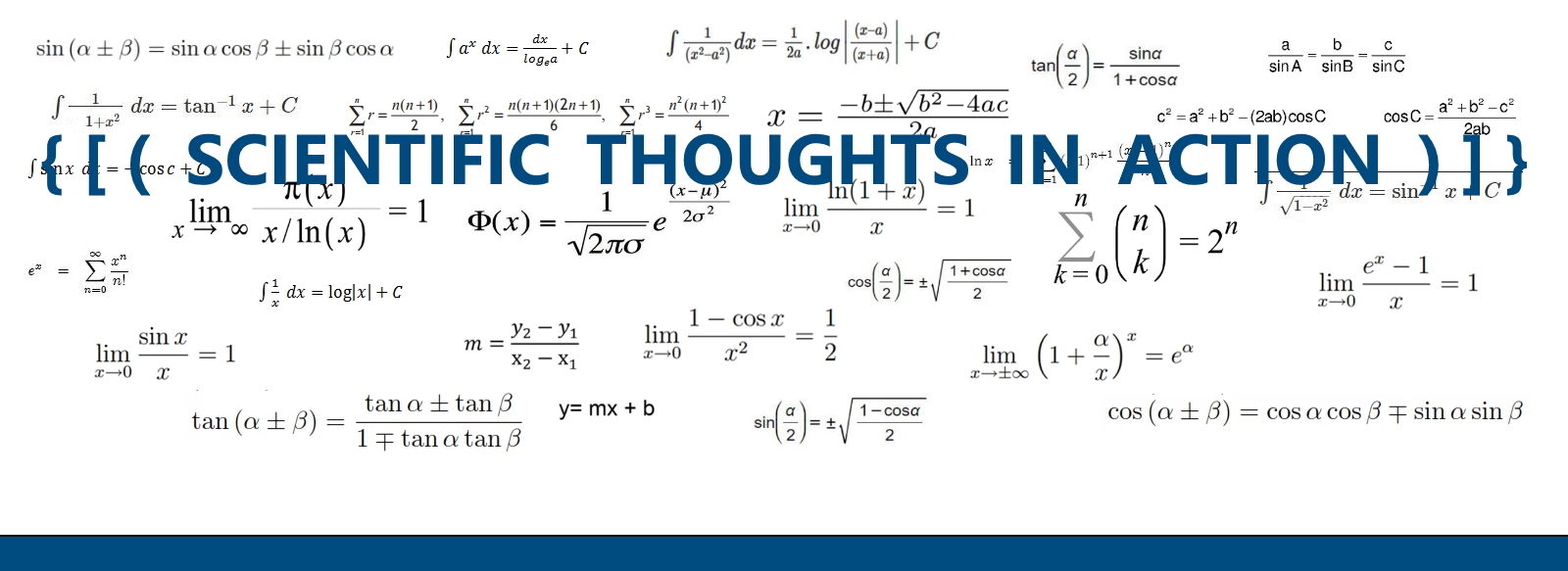(Digital Diplomacy, Digital Public Diplomacy, Data Diplomacy, AI Diplomacy)
“No computer has ever been designed that is ever aware of what it’s doing; but most of the time, we aren’t either.” — Marvin Minsky, 1927-2016
What is now called 'Digital Diplomacy' is gaining in importance in the diplomatic field. Digital Diplomacy refers to the strategic use of the Internet and digital tools to achieve various diplomatic objectives.
Diplomatic missions have as their main objectives:
- maintain relations between states;
- negotiate agreements of various kinds (economic, cultural, political...)
- obtain information on the affairs of other states.
An Embassy has as priority objectives:
- establish public relations;
- promote stable and peaceful relations between states;
- protect its citizens abroad .

Technology has helped a great deal in achieving these goals, e.g. with the opening institutional web sites diplomatic missions can more easily reach their citizens in the target country, the invention of smart phones has also enabled diplomacy to speed up the transmission of uncensored information and the inter-connections with other people.
Artificial Intelligence also plays an important role in this direction: thanks to it, a huge amount of information can be analysed, which makes it possible to obtain more accurate and up-to-date pictures of the socio-economic situation of a country.
Artificial Intelligence may make it possible to automate certain functions of embassies, especially routine ones, which would make it easier to carry out procedures for citizens abroad, but also facilitate translation work, given the improvements of software such as DeepL and Google Translate.
The new technologies also allow for the democratisation of diplomatic practices, in the sense that they make international relations accessible also to bodies or persons that are not necessarily governmental, this happens in the context of so-called Digital Public Diplomacy.
With Digital Public Diplomacy, an attempt is made to influence a people's idea of another country or, if it proves convenient, of their own country.
Today, not only the so-called traditional media but also social networks are used to implement public diplomacy strategies.
There are many diplomats, as well as politicians and ministries, who have opened accounts on the most popular social networks, which allows them to have a direct relationship with their target audience with certain social characteristics, facilitating the image-building work of a state.
Through these social networks, a digital agenda is developed that is specifically designed to make the most of the medium's characteristics, images and posts are constructed so that the reception of the message is as efficient and effective as possible in order to achieve the intended objective.
One must, however, beware of the risks that can be taken through the use of artificial intelligence because the latter allows for the diversification of news, images and videos, which greatly facilitates the creation of credible fake news, with the use of bots and trolls to spread 'disinformation' that can become simple and capillary, thus causing conflict and divisions between states.
ARTIFICIAL INTELLIGENCE (AI)
Since we have talked about Artificial Intelligence as a support for diplomacy, let us now make a brief introduction to better understand this new technology and to be able to use it correctly.
We can classify AI into three levels:
- Artificial Narrow Intelligence (ANI) so-called Weak AI. ANI is used for simple specific tasks;
- Artificial General Intelligence (AGI) so-called Strong AI (Future AI);
- Artificial Super Intelligence (ASI) (Future AI).
ARTIFICIAL NARROW INTELLIGENCE (ANI)
Artificial Narrow Intelligence (ANI) so-called Weak AI is the today AI and is a specific type of artificial intelligence in which a learning algorithm is designed to perform a single task without human assistance, and any knowledge gained from performing that task will not automatically be applied to other tasks. In other words, it lacks consciousness, genuine understanding, and the ability to apply knowledge to different contexts beyond its specific programming.
MACHINE LEARNING (ML)
Machine Learning (ML) is a form of ANI that involves developing algorithms to learn patterns from data in order to perform prediction or anomaly detection. There are three types of ML:
- SUPERVISED ML learns to make decisions based on certain columns of labelled data. It is used to make predictions.
- UNSUPERVISED ML works with unlabelled data to discover clusters or classes. It is used for example to customer segmentation or for anomalies detection.
- REINFORCEMENT Learning (RL) is a type of Machine Learning where an algorithm, referred to as an AGENT, receives in input RAW DATA and learns to make decisions by interacting with an ENVIRONMENT. Each action leads to a REWARD (positive or negative) from the environment.
DEEP Learning (DL) is a subset of ML that uses Neural Networks with many layers to model and solve complex problem.
NATURAL LANGUAGE PROCESSING (NLP)
NLP is a branch of Narrow AI/Weak AI . It processes and analyses massive volume of text and other form of data. It is related to several sectors of interest:
- Sentimental Analysis: it discovers the sentiment and emotion expressed in a piece of text. It identifies is a statement is positive, negative or neutral. It is used for analyse customer satisfaction, a brand reputation or a public opinion on a specific topic in order to make proactive marketing strategies.
- Text Classification: it is used to spam text classification and for job application selection.
- Named Entity Recognition (NER): it is used for classifying specific entities such as names of people, organizations, location or dates within a given text.
- Machine Learning Translation: it is the process of automatically converting text from one language to another using NLP algorithms. It is used for real time customer support in multiple languages and for cross language collaboration in multinational corporations.
- Q&A Systems: like Chat GPT which uses NLP techniques where GPT stands for Generative Pre-Training Transformer.
COMPUTER VISION
Computer Vision algorithms enable computers and machines to see and interprets visual information. The goal is to extract information from images, pictures and video, that is:
- Classify objects;
- Face recognition;
- Detection moving objects;
- Image classification.
TESLA is using computer vision algorithms.
DATA
In AI data is everything. Neural Networks requires lots of training data. As models learn from data, they depend on the quantity and quality of data. Poor quality data con lead to bias and inaccurate results.
APPLICATIONS OF NARROW AI
Personalized shopping: analyses customer behaviour and increase customer satisfaction, loyalty and sales;
Virtual Assistants/chat bots: AI-powered virtual assistants like Siri, Alexa, and Google Assistant, faster responses, enhanced customer experience;
Entertainment and Media: modify streaming services like Netflix and Spotify, personalized content distribution;
Transportation and Mobility: autonomous vehicles, smart transportation system, improves traffic management and logistics;
Healthcare and diagnostics: improve healthcare by aiding in in diagnosing diseases, illness and analysing symptoms, personalized medicine, remote patient monitoring reducing healthcare costs;
Finance and Banking: fraud detection, risk assessment, credit scoring, trading and customer service automation in the banking sector.
Agriculture and Environment: optimizing farming, monitoring crops yields, optimizes resource management.
CONCLUSION
Artificial Intelligence supports and helps and amplifies human intelligence. It does not have the ability to think. It doesn’t have independent though or consciousness.
Tackling the subject of artificial intelligence is important and constructive for everyone, regardless of how much the Internet is used, because what matters is not the quantity but the ways and purposes in which it is used.
In every state there are embassies and diplomacy acts, also through the Internet, to optimise knowledge and relations between peoples in order to promote inter-culturalism and fruitful and peaceful relations.
The proper use of Artificial Intelligence could also mean better health care, safer cars and other transport systems, and even tailor-made, cheaper and more resilient products and services in every state. It can also facilitate access to information, education and training, as well as provide better services to one's fellow citizens abroad.
Therefore, in a country that is welcoming and open to cultural interchange, I consider this topic to be very topical and interesting, both on a theoretical level and in terms of achieving practical goals that are very beneficial for the citizens of each state, particularly for some states that are welcoming and open to dialogue.
Not generated by AI tools or platforms.
{[(homo scripsit)]}
